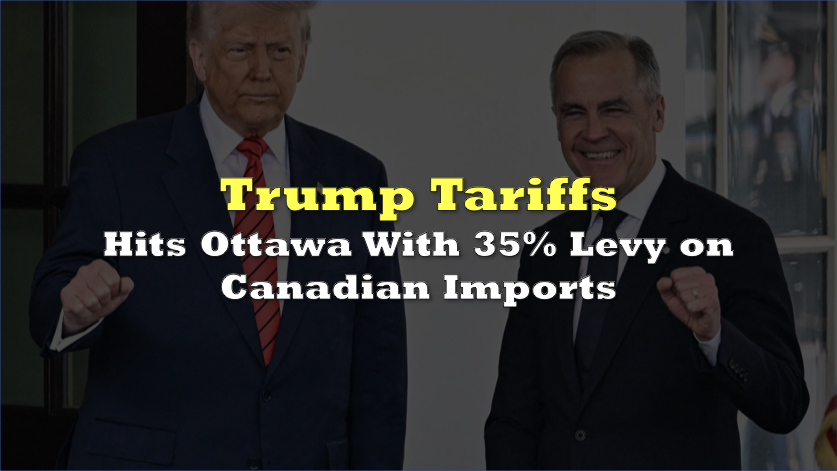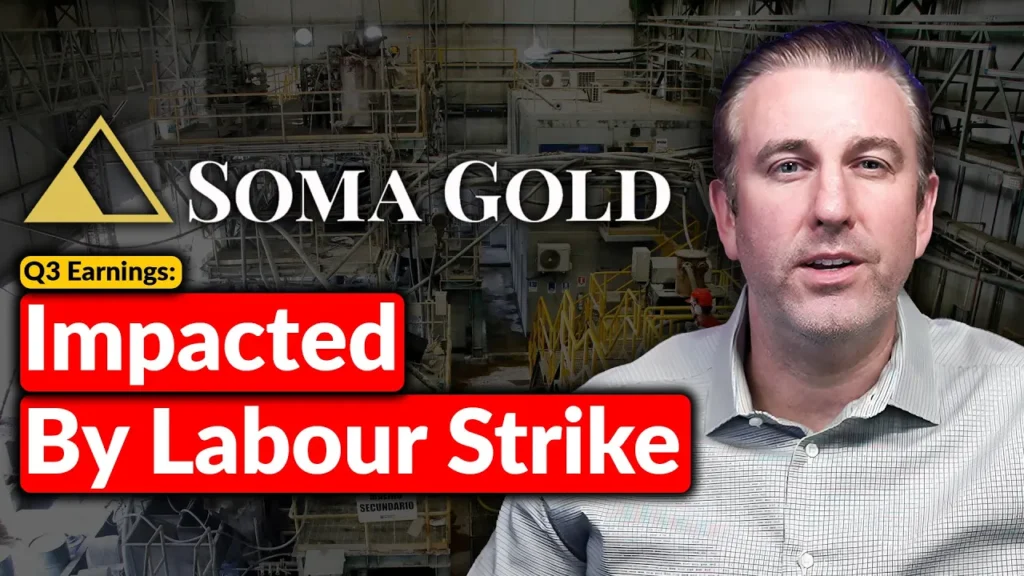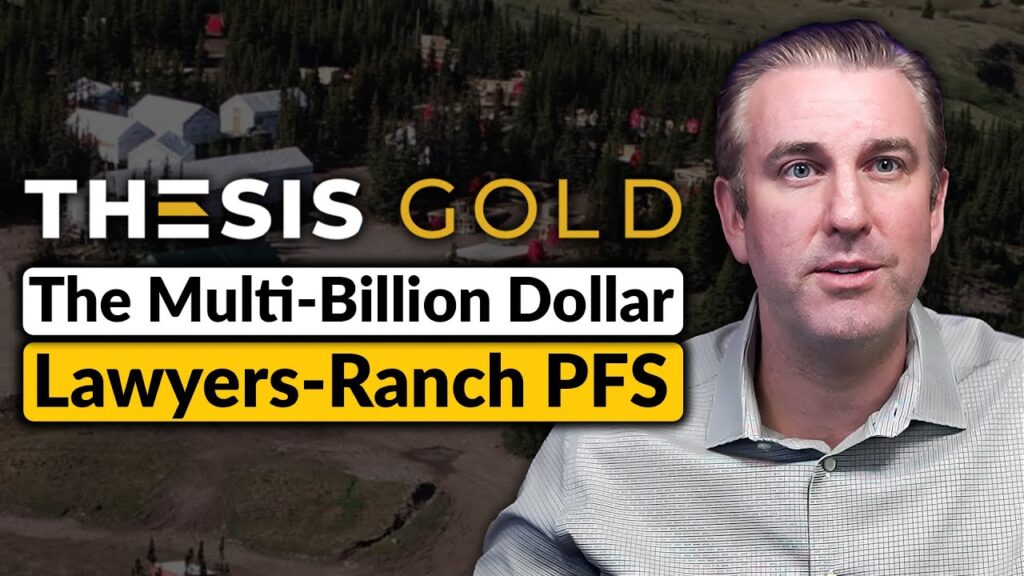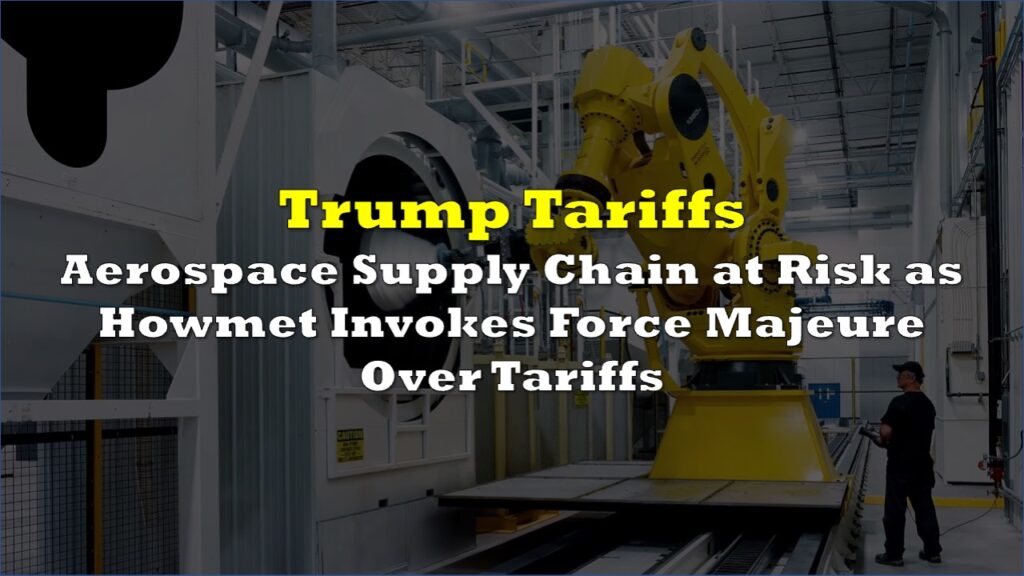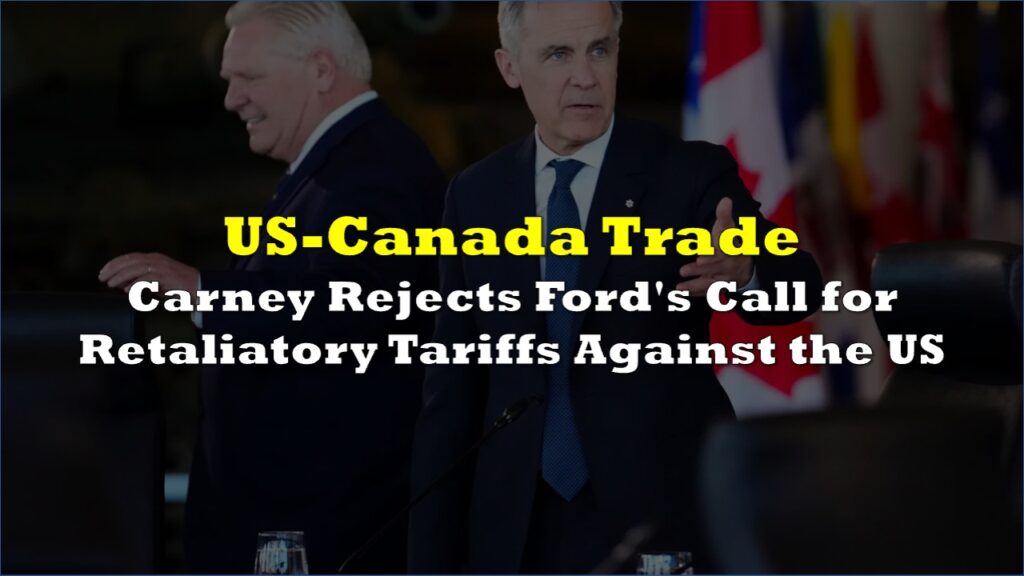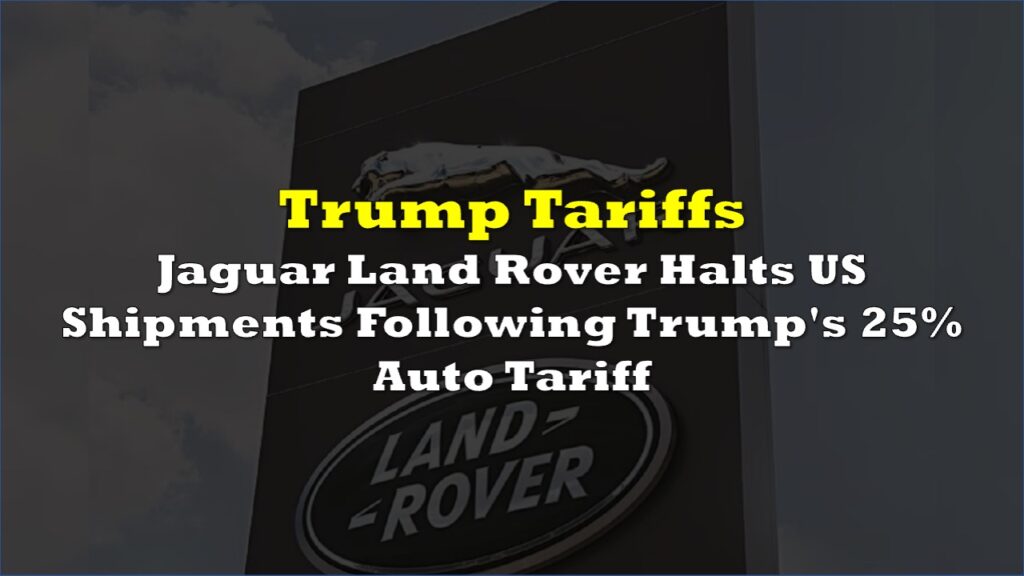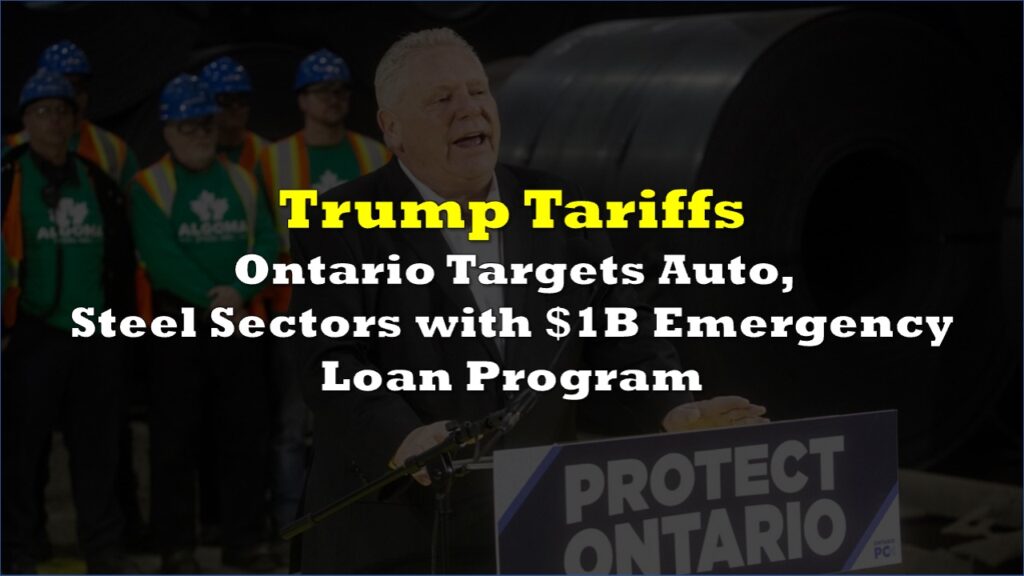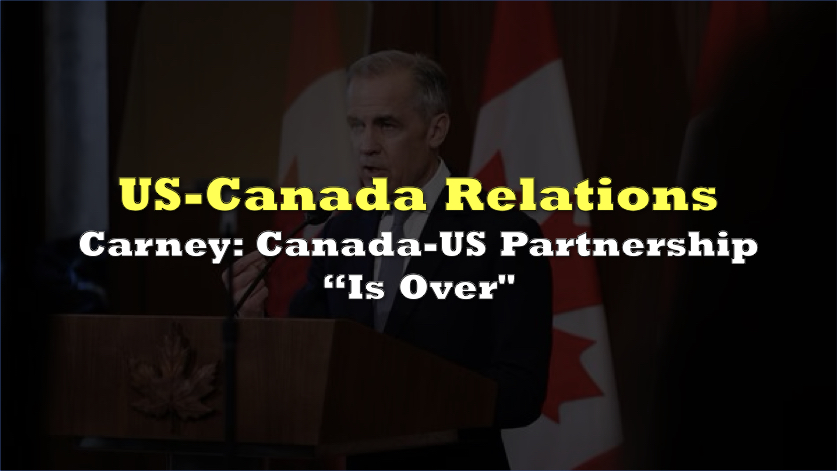President Donald Trump has warned that all Canadian goods not shielded by the USMCA will face a 35% tariff starting August 1. In the now-infamous tariff letter, Trump tied the penalty to what he called Canada’s “failure to stop the flow of fentanyl” and “extraordinary tariff” on US dairy and other products “up to 400%”, adding that any Canadian retaliation “will be added onto the 35% that we charge.”
Prime Minister Mark Carney replied on X that Ottawa “has made vital progress to stop the scourge of fentanyl” and will “steadfastly defend our workers and businesses” as talks continue toward a July 21 deadline for a broader trade pact. He stressed that Canada intends to meet the revised deadline despite the new threat.
His own government said Canada is responsible for less than 1% of the fentanyl in the US.
— J Hunter🍁 (@MrJoKeR604) July 11, 2025
Canada has never charged a 400% tariff on American dairy.
Honestly, if you still believe his blatant lies you're choosing your ideology over truth and reality. pic.twitter.com/2pFkyC6JQy
The tariff would supersede the 25% rate Trump imposed in March and sit alongside sector-specific levies of 50% on steel and aluminium and 25% on autos while energy exports would keep their lower 10% charge, according to administration officials.
Goods that qualify under USMCA are expected to remain duty-free, preserving integrated auto supply chains.
However, Trump’s formula departs from reciprocity. The US ran a $7.4 billion goods surplus with Canada in 2024, buying $413 billion in imports and selling $349 billion the other way. Canada is also America’s largest export market and the second-largest overall trading partner.
CIBC Capital Markets warns that markets are underestimating Trump’s latest tariff threat against Canada; portfolio strategist Ian de Verteuil estimates the higher duties would apply to just 10%–15% of Canada’s exports to the US, yet argues the limited direct exposure may mask broader risk to North American equities if trade tensions escalate.
US equity futures slipped in pre-market trading, while the Canadian dollar led losses among G-10 currencies.
The White House insists revenue will offset tax cut extensions. Treasury Secretary Scott Bessent says customs receipts could top $300 billion this year. Yet Yale Budget Lab calculates that enacted notices have already lifted the effective US tariff rate to 17.6%, the highest since Smoot-Hawley.
The trade standoff can be headed for legal friction. Under USMCA, sweeping unilateral duties can be challenged in Chapter 31 dispute panels. Trade lawyers note that Trump has justified earlier levies with national security language, but the fentanyl rationale rests on scant evidence—US Customs data show only 0.2% of fentanyl seizures occur at the northern border.
Information for this briefing was found via BBC, CNBC, Zero Hedge, Toronto Sun, and the sources mentioned. The author has no securities or affiliations related to this organization. Not a recommendation to buy or sell. Always do additional research and consult a professional before purchasing a security. The author holds no licenses.

